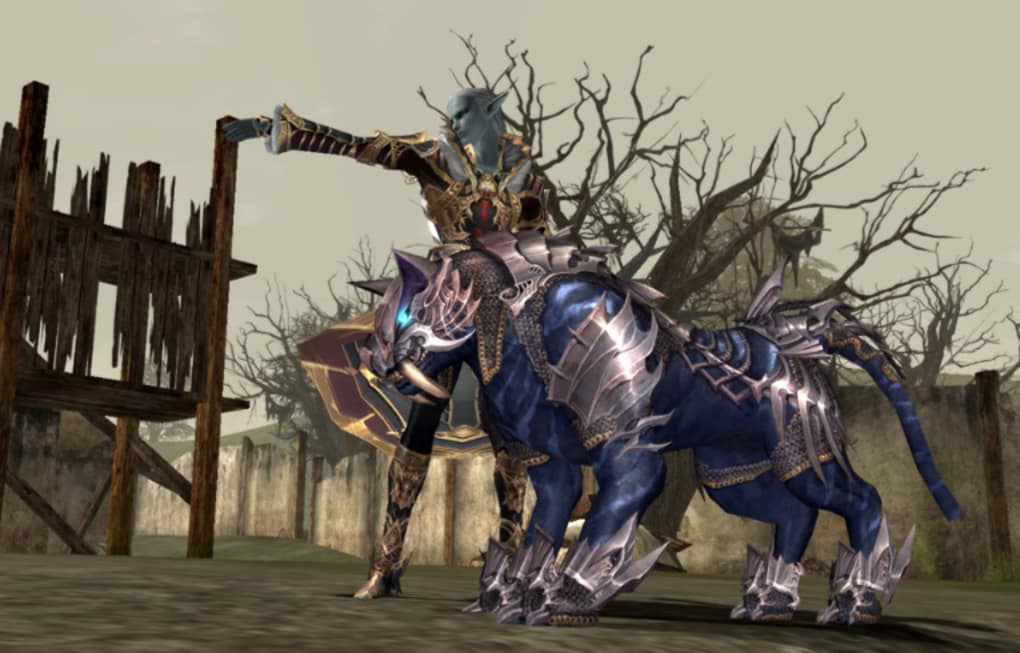

We conclude that lineage 7 was relatively recently introduced into South Korea, perhaps accompanying imported maize seeds. Genotypic diversity in lineage 3 and lineage 6 populations is similar to that found in previously described Korean rice populations, but genotypic diversity in lineage 7 is much lower, even though similar levels of gene flow occur between lineage 7 populations.

All lineage 3 and lineage 7 isolates produced deoxynivalenol, whereas most lineage 2 and 6 isolates produced nivalenol.

Create a classic hero from the original 5 races and 31 class options and jump into the nostalgic hardcore level grind where the rewards can outweigh the risks. Female fertility varied by lineage: all lineage 7 isolates were fertile, while 70%, 26%, and 14% of the isolates in lineages 6, 3, and 2, respectively, were fertile. Take a step back in time and relive the original Lineage II experience as it was in the beginning. The genetic identity among populations was high (>0.98), and the effective migration rate between locations was higher than that between lineages. We used amplified fragment length polymorphisms (AFLPs) to identify four lineages (2, 3, 6, and 7) lineage 7 was the most common (75%), followed by lineage 6 (12%), lineage 3 (12%), and lineage 2 (1%). graminearum collected from maize at eight locations in South Korea. In this study, we examined 568 isolates of F. Fusarium graminearum (Gibberella zeae) is an important pathogen of wheat, maize, barley, and rice in South Korea, and harvested grain often is contaminated with trichothecenes such as deoxynivalenol and nivalenol.


 0 kommentar(er)
0 kommentar(er)
